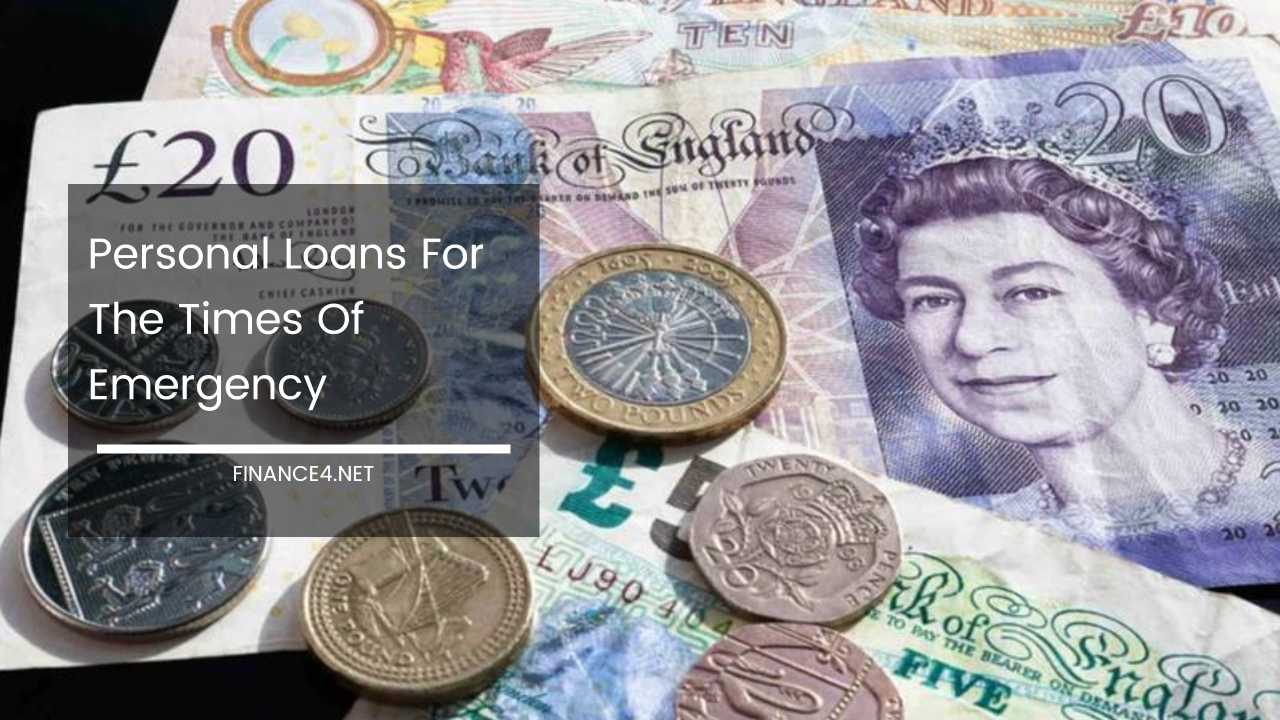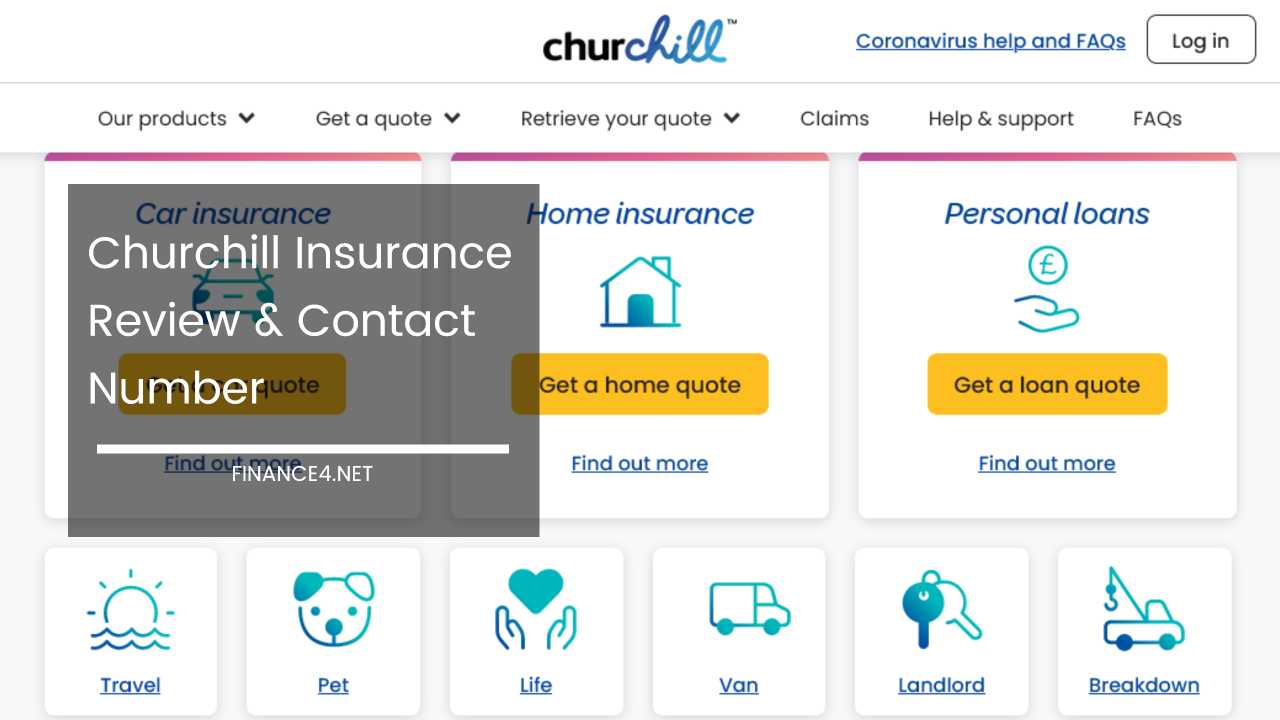Building a Brighter Future: How Personal Loans Can Help You Reach Your Goals

Personal Loans: A Safety Net During Life’s Financial Storms
In today’s world, where financial stability can feel like a tightrope walk, even a minor unexpected expense can throw a family’s budget off balance.
Car repairs, appliance breakdowns, or medical emergencies can quickly deplete savings and send you scrambling for alternative sources of funding. For those familiar with loan options, personal loans often emerge as a viable solution.
Beyond Emergencies: The Versatility of Personal Loans
While personal loans excel as a safety net during emergencies, their usefulness extends far beyond immediate financial crises. They offer a versatile tool for individuals and families navigating various financial situations. Here’s how personal loans can be leveraged for long-term financial well-being:
- Debt Consolidation: High-interest credit card debt can be a significant financial burden. Personal loans can help you consolidate this debt into a single, lower-interest loan. This simplifies your repayment process and frees up valuable monthly cash that can be used for savings, investments, or simply gaining more breathing room in your budget.
- Financing Education: Investing in your education is an investment in your future earning potential. A personal loan can help bridge the gap between scholarships, grants, and out-of-pocket costs. This allows you to pursue higher education without delaying your career goals.
- Home Improvement Projects: Upgrading your home can be more than just an aesthetic improvement. Energy-efficient renovations can lower your utility bills, while repairs can prevent future problems and maintain the value of your property. Personal loans provide financing for such projects, allowing you to invest in your home and potentially increase its long-term value.
Beyond Collateral: Understanding Loan Terms
One of the significant advantages of personal loans is that they typically don’t require collateral, such as a car title or house deed.
This makes them accessible to a wider range of borrowers compared to secured loans. However, the lack of collateral comes with a caveat – lenders may compensate for the increased risk by offering loans with higher interest rates or shorter repayment terms.
Here’s a breakdown of key factors to consider when evaluating personal loan terms:
- Interest Rates: This is the cost of borrowing money, expressed as a percentage of the loan amount. Personal loan interest rates can vary depending on your creditworthiness, loan amount, and lender. Shopping around and comparing rates is crucial to securing the best deal.
- Repayment Terms: This refers to the duration you have to repay the loan in full, typically ranging from 12 months to 72 months. Longer terms equate to lower monthly payments but accrue more interest over time. Shorter terms require higher monthly payments but pay down the loan faster. Choose a term that aligns with your budget and financial goals.
- Fees: Personal loans may come with various fees, such as origination fees (a one-time charge for processing the loan), prepayment penalties (charged for paying off the loan early), and late payment fees. Understanding these fees upfront helps you calculate the true cost of the loan.
Navigating Personal Loans with Less-Than-Perfect Credit
Even individuals with less-than-stellar credit scores can qualify for personal loans. While bad credit may result in higher interest rates and stricter loan terms, personal loans offer a more responsible alternative to payday loans.
Payday loans often have predatory terms, including exorbitant interest rates and short repayment periods, which can quickly trap borrowers in a cycle of debt.
Beyond Emergencies: Responsible Borrowing Practices
Personal loans, when used responsibly, can be a valuable financial tool. Here are some key steps to ensure you are utilizing a personal loan effectively:
- Establish a Realistic Budget: Before applying for a loan, carefully assess your income and expenses to determine a comfortable monthly payment amount. Consider building a buffer into your budget to account for unexpected costs.
- Shop Around for the Best Rates: Don’t settle for the first offer you receive. Compare rates and terms from multiple lenders, including banks, credit unions, and online lenders. Utilize online comparison tools to streamline this process.
- Borrow Only What You Need: It can be tempting to secure a larger loan amount than you initially planned. However, avoid over-borrowing. Only borrow what you absolutely need and can realistically afford to repay within the loan term.
- Prioritize On-Time Payments: Making on-time payments is crucial for building good credit and avoiding late payment fees. Set up automatic payments to ensure you never miss a due date.
- Consider a Cosigner: If you have bad credit, having a cosigner with good credit can help you qualify for a lower interest rate on your personal loan. However, cosigning a loan comes with significant risks for the cosigner, so discuss this option with them thoroughly.
Building a Brighter Financial Future with Personal Loans
By following these responsible borrowing practices, you can transform personal loans from a temporary solution into a tool for achieving long-term financial goals. Here’s how:
- Debt Consolidation and Improved Credit Score: Consolidating high-interest debt into a personal loan can significantly improve your credit score over time. This happens because:
- You’ll have a lower overall credit utilization ratio (the amount of credit you’re using compared to your total credit limit). This is a major factor influencing your credit score.
- Your credit report will reflect a history of on-time payments on your personal loan, which positively impacts your credit score.
A better credit score opens doors to lower interest rates on future loans, such as mortgages or auto loans. This can save you substantial money throughout your life.
-
Investing in Yourself Through Education: A personal loan can bridge the gap between scholarships and grants, allowing you to pursue higher education or professional development opportunities. Increased skills and qualifications often translate to higher earning potential, which helps you repay the loan and improve your overall financial well-being.
-
Home Equity Through Renovations: Strategic home improvements can increase your home’s market value, building equity in your property. A personal loan can finance energy-efficient upgrades that lower utility bills, repairs that prevent costly future problems, or renovations that enhance your home’s comfort and curb appeal. Over time, these improvements can lead to a significant return on investment when you sell your home.
Financial Planning and Personal Loans: A Strategic Partnership
Personal loans, when integrated into a well-defined financial plan, can become a powerful tool for achieving financial freedom. Here’s how to create a synergy between personal loans and your overall financial strategy:
- Set SMART Financial Goals: Specific, Measurable, Achievable, Relevant, and Time-bound goals provide direction and motivation. Consider using personal loans to support these goals, such as consolidating debt to improve your credit score within a specific timeframe.
- Develop a Comprehensive Budget: Track your income and expenses to identify areas where you can cut back and free up extra cash to allocate towards your personal loan payments.
- Build an Emergency Fund: Having a safety net of savings helps you avoid relying on personal loans for unexpected emergencies. Aim to save 3-6 months’ worth of living expenses to create a financial buffer.
- Explore Debt Repayment Strategies: Develop a debt repayment plan that aligns with your financial goals and risk tolerance. There are various strategies, such as the avalanche method (focusing on paying off the debt with the highest interest rate first) or the snowball method (paying off the smallest debt first for a sense of accomplishment).
Final Thoughs: Personal Loans – A Tool, Not a Crutch
Personal loans can be a valuable financial resource when used strategically. They offer a safety net during emergencies, a means to consolidate debt and improve your credit score, and a way to invest in yourself and your home.
However, it’s crucial to remember that personal loans are tools, not crutches. Responsible borrowing practices, financial planning, and a commitment to long-term financial goals are essential for harnessing the true potential of personal loans and achieving a brighter financial future.



